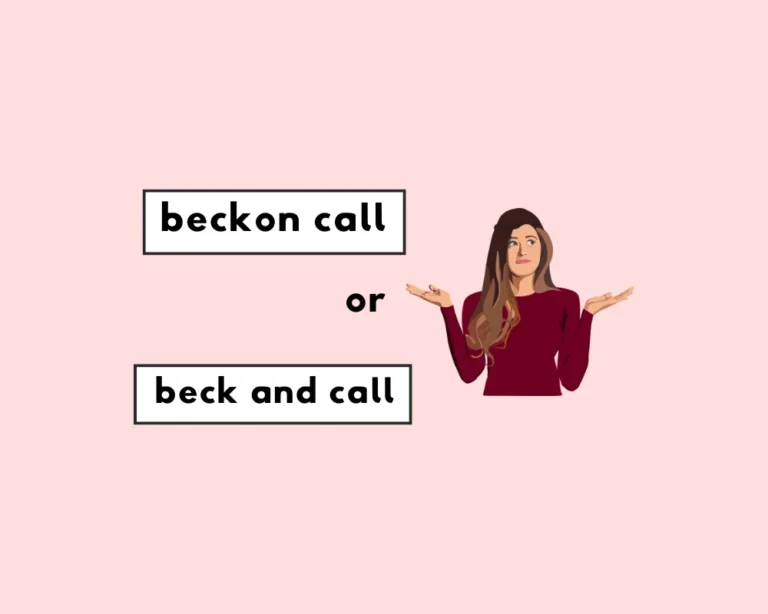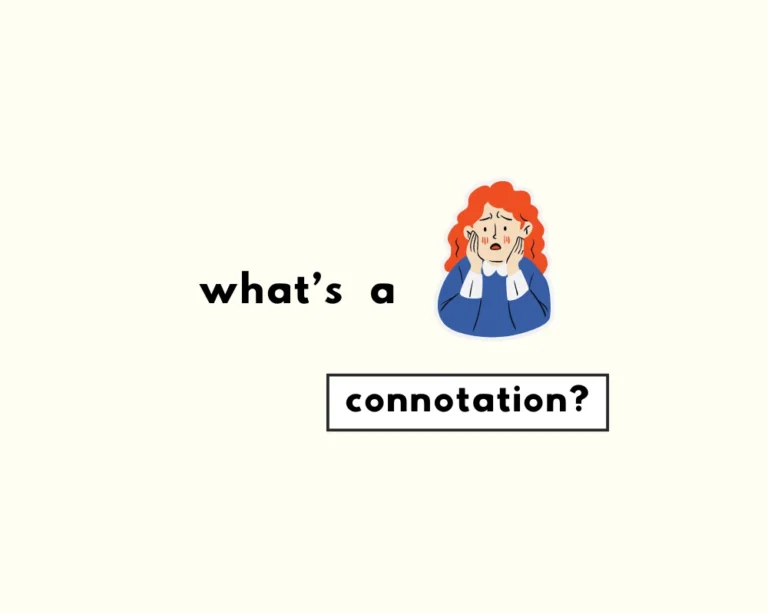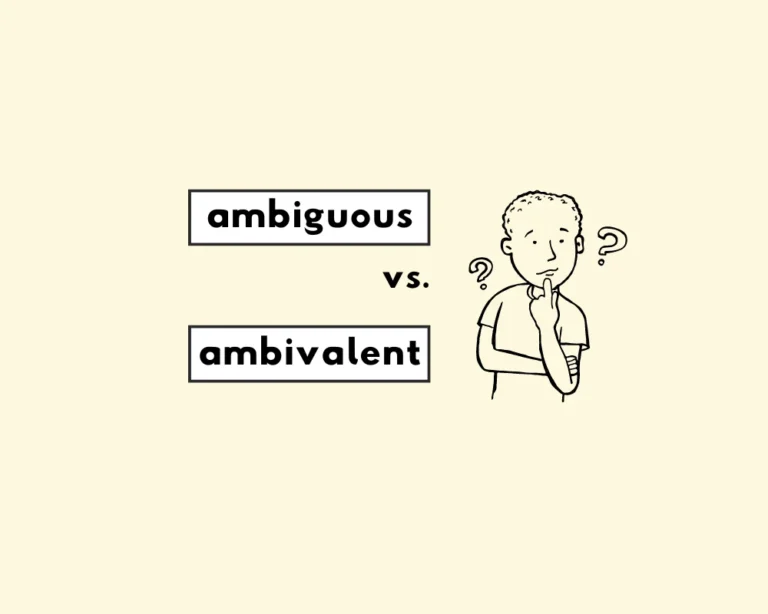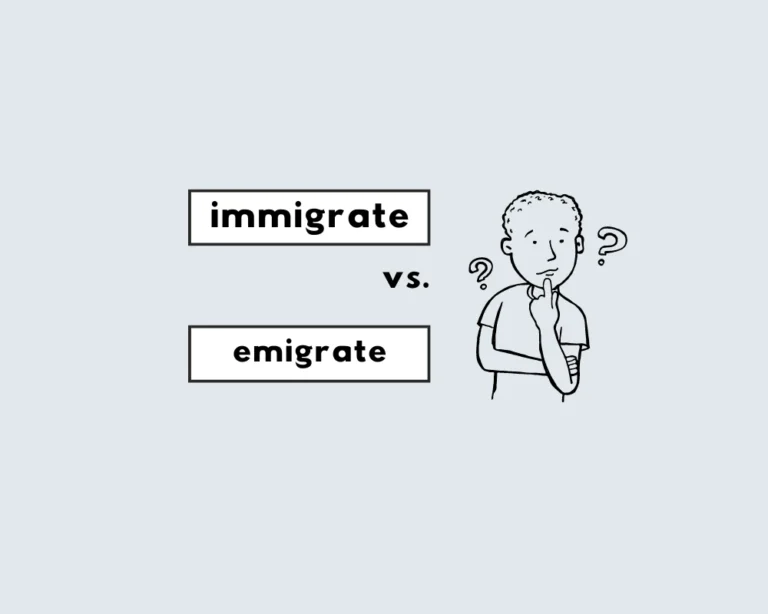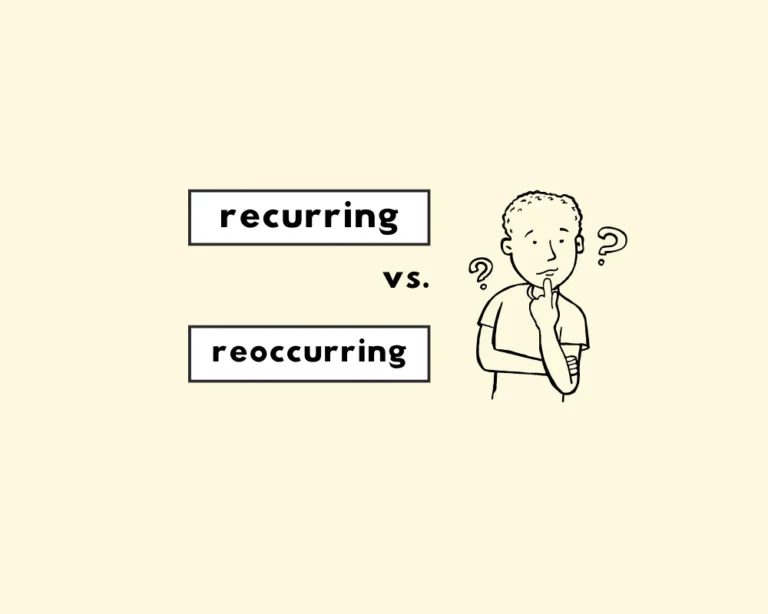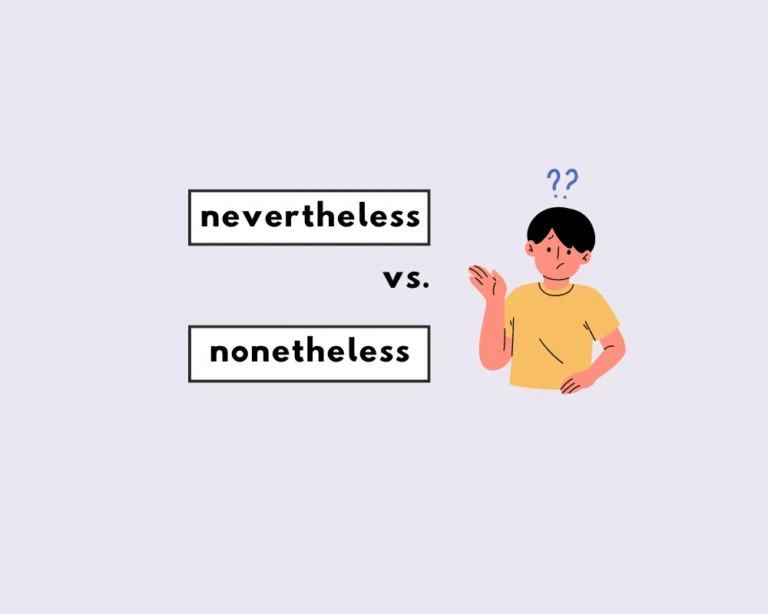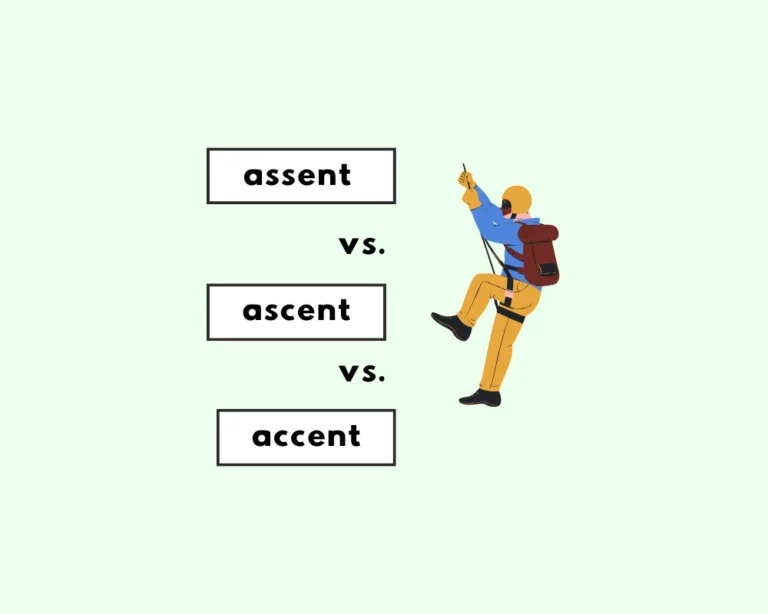Contents
Toggle
What are collective nouns?
Collective nouns name a group, unit or collection as one whole or single entity. Take a look at the following:
An army is made up of a collection of soldiers.
A jury is a group of jurors.
A fleet is a collection of ships or vessels.
Take the first example of a collective noun: an army. The collective noun army is defined in the dictionary as, “a large organized body of armed personnel trained for war especially on land”. This makes the word and noun army a collective noun, because it treats a whole group as a single entity under the label of ‘army‘.
Obviously, most know that an army consists of a group of soldiers, but notice how the word ‘army‘ is treated as a singular by not including an s/es as plural nouns do. This is because an army, just like a jury, or a fleet, gang and so on, are words that mention collectives or groups contained as a whole or single entity.
Are collective nouns plural or singular?
The short answer is that collective nouns can be either singular or plural, but for the most part they’re used as a singular noun. It’s appropriate to use collective nouns as a plural when you’re mentioning more than one of that type of collective noun, or when you’re referring to the parts that make up the whole (of that collective).
In other words, if it’s being specified that the entire collective is made up of more than one part (person or thing), treat it as a plural noun. Otherwise, keep it singular. Here’s an example:
Correct: the members of the jury were shocked by the verdict.
Correct: the jury was shocked by the verdict.
Incorrect: the members of the jury was shocked by the verdict.
Incorrect: the jury were shocked by the verdict.
Collective nouns vs. non-count nouns
Non-count, uncountable nouns or mass nouns are what they’re called: they are things in the world, and even ideas and concepts, that we cannot physically or literally count/quantify. Mass nouns only have a singular noun forms, and no plural noun form (despite referring to things that seem abundant and plural).
Rice, water, oil and knowledge are what we refer to as mass nouns or non–count nouns: they are things (even concepts or ideas) that we cannot physically quantify. Collective nouns are quantifiable/countable, and that’s precisely why they can use either singular or plural noun forms. Conversely, mass nouns only use the singular case, as you wouldn’t say ‘I would like to order the fried rices‘.
Mass nouns are therefore distinct from collective nouns, since mass nouns do not refer to a group or collection of persons necessarily, but can refer to abstract concepts, substances or masses of things (think elements like fire, water or smoke.)
Collective nouns vs. mass nouns
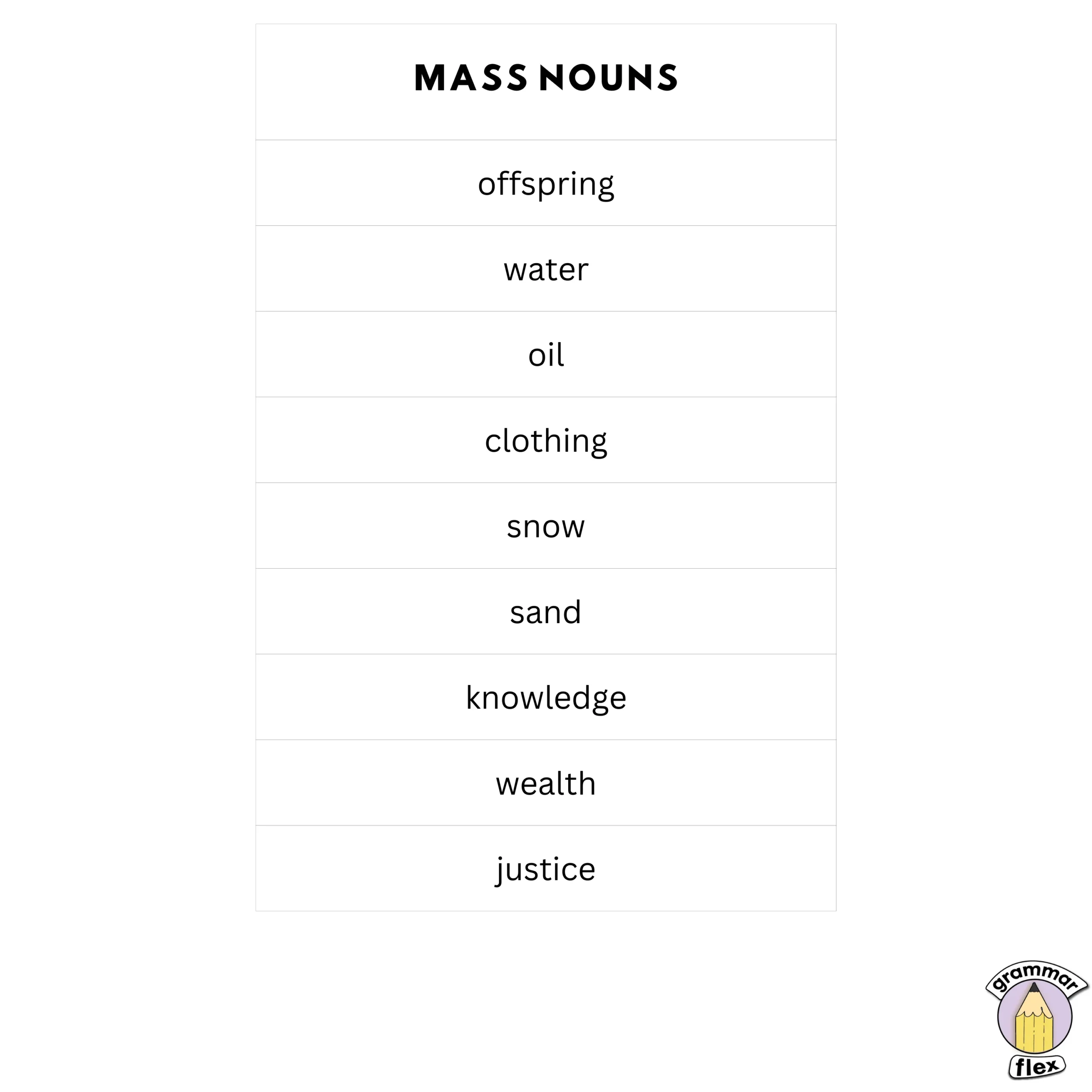
Read more about nouns
Sources


